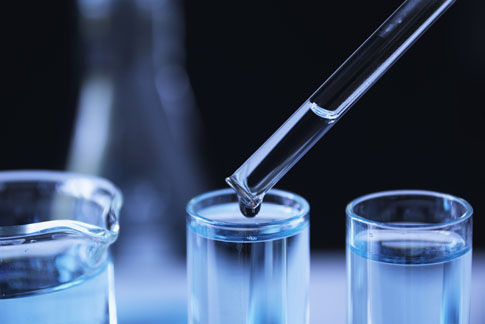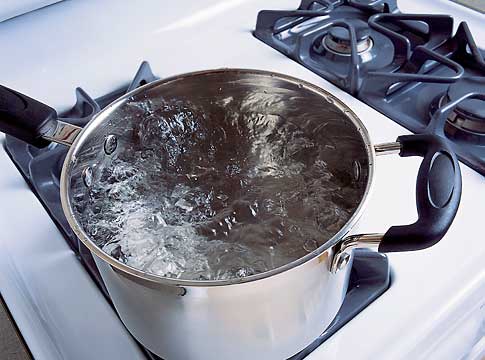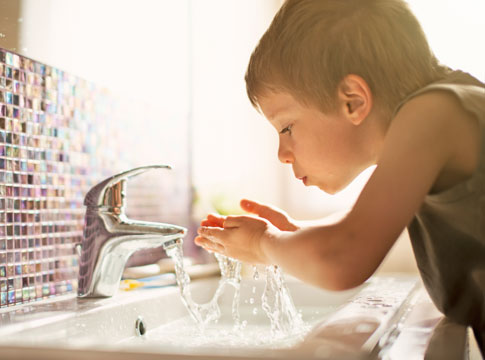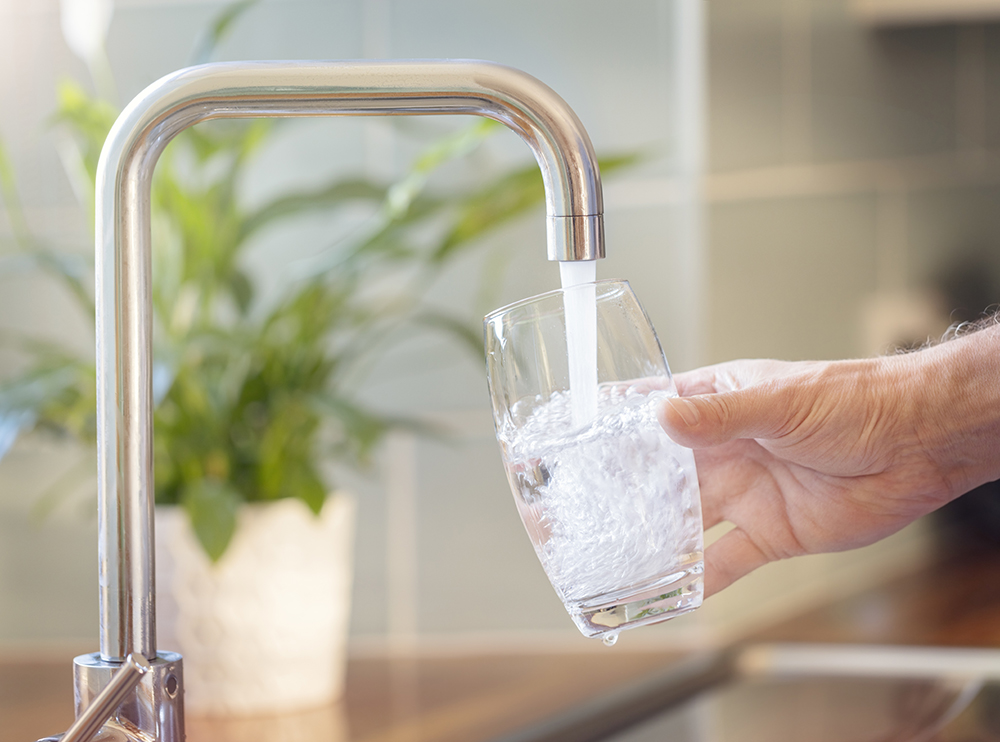Download the 2023 Consumer Confidence Report. Descargar el informe en español.
For water quality questions or to request a printed copy of this report, please call 541-685-7861 or send us an email.
This report is a summary of the quality of water we provided to our customers in 2023. We are happy to report that your water meets and exceeds all state and federal drinking water health standards, and that EWEB has once again been listed as an "Outstanding Performer" by the Oregon Health Authority (OHA).
In this report you'll find information on:
Clean water starts at the source
As an EWEB customer, you receive some of the highest quality drinking water in the world. Your water comes from the pristine McKenzie River, which emerges from Clear Lake, high in the Cascade Mountains. Clear Lake is a spring-fed lake, the water bubbling to the surface through acres of natural volcanic “filters,” before flowing 85 miles down the McKenzie River to the Hayden Bridge Water Filtration Plant in Springfield, where EWEB draws water from the river.
EWEB has completed a Source Water Assessment to identify potential contaminants of concern for our drinking water. Although the McKenzie River has faced some major challenges over the last few years, overall water quality remains excellent. EWEB works with residents throughout the watershed to minimize contaminants from pesticides and urban runoff, and coordinates with multiple emergency responders to prepare for potential hazardous material spills. With climate change bringing warmer and drier weather, our watershed will endure greater threats in the forms of droughts, wildfires, and harmful algal blooms.
View more information about EWEB’s source water monitoring and protection program here.


Your water met or exceeded all state and federal drinking water health standards
We are fully committed to ensuring safe and healthy drinking water, that meets or exceeds all state and federal standards, is provided to our community. We regularly test water samples from our Water Distribution System. Our technicians as well as independent laboratories complete more than 85,000 tests on water samples from source to tap each year.
Learn more...
Boil-water advisories
A "boil-water advisory" is a precautionary notice issued when a community's drinking water is or could be contaminated by disease-causing organisms. It is a preventative measure that is intended to protect the health of water consumers when there is an actual or significant possibility that contamination may be present within the drinking water system.
Learn more...
What the EPA says about drinking water contaminants
The sources of drinking water (both tap and bottled water) include rivers, lakes, streams, ponds, reservoirs, springs and wells. As water travels it dissolves naturally-occuring minerals, and in some cases, radioactive material, and can pick up substances resulting from the presence of animals or from human activity. In order to ensure that tap water is safe to drink, the EPA prescribes regulations that limit the amount of certain contaminants in water provided by public water systems.
Learn more...
Reducing lead exposure
Lead in the environment
There are many sources of lead in the environment, including dust, soil, air, food and water as well as residues from the discontinued use of lead based paint and leaded gasoline. The U.S. Environmental Protection Agency provides simple steps that you can take to lower your chances of exposure to lead.
Lead in drinking water
Public health is our highest priority. We care about the health of the families that drink our water and we want to help limit your exposure to lead in drinking water. The main source of lead in water in the Eugene area is old household plumbing. Lead solder was commonly used in homes built or plumbed with copper pipes before 1986. Lead also can be found in brass faucets and fixtures installed prior to 2014.
Learn more
Unregulated Contaminant Monitoring Rule (UCMR)
In 2023 we sampled Lithium as well as 29 PFAS contaminants each quarter to comply with EPA’s 5th Unregulated Contaminant Monitoring Rule (UCMR). The UCMR provides EPA with data on the occurrence of unregulated contaminants in drinking water. This national survey is one of the primary sources of information that the EPA uses to develop new regulations for contaminants in the public drinking water supply. We did not detect Lithium or PFAS in our water. More information about this rule can be found here.

